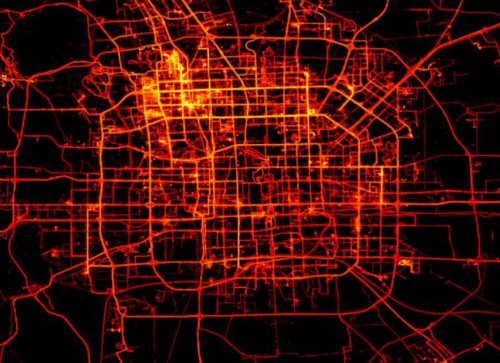A final wrap up of the Google Summer of Code project: Trajectory Analysis in R can be found in RPubs here.
Trajectory Analysis in R – Midterm Post
This project aims to develop methods and classes specifically designed for trajectory analysis. Over the past five weeks, I have made progress in three main aspects.
First, I have been learning the basics of developing packages for R and making a transition from an R user (a.k.a. a useR) to an R developer. Second, I wrote a function for converting raw trajectory files into STI objects and eventually into STTDF objects. Third, I wrote an additional function to enable a simple spatial overlay operation between one or more STTDF object(s) and a SpatialPolygons object (from sp package), both at the individual point level, as well as at the trajectory level.more >
Trajectory Analysis in R
This week, we will have one blog post by each of this year’s Google Summer of Code students presenting their project and themselves. Jinlong follows Kahlid and Patrick.
Trajectory analysis has a wide range of applications in various fields such as geoscience and social science. Use cases span across mobile phone users (see image below) e.g. for commuting analysis, ship and flight paths or animal tracking. With the avalanche of GPS-annotated data in the past few years capturing such data became much easier, so today there is a need for tools that are specifically tailored for analyzing large-scale trajectory data (example).

R, as a software environment for statistical computing and graphics, has been favored by researchers from various disciplines for its free access, rich statistical methods, and easy-to-share features. However, the classes and methods specifically developed for trajectory analysis are limited and domain-orientated in R. This project intends to address this issue by implementing and improving generic classes and methods for trajectory analysis.more >